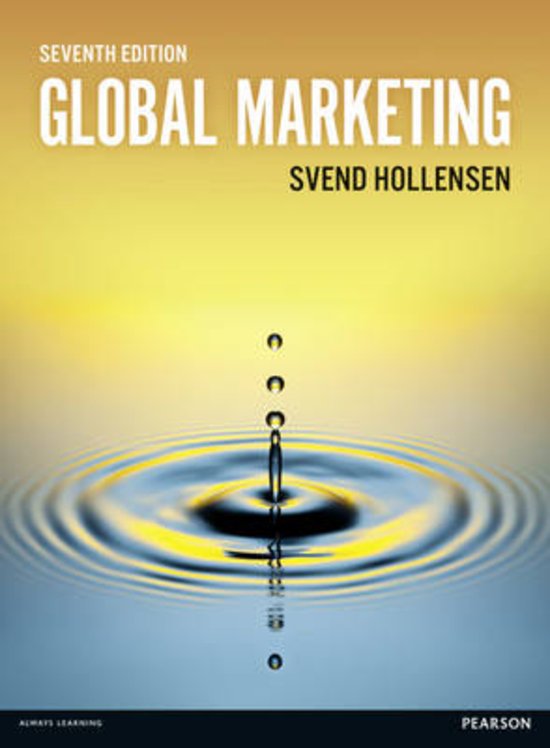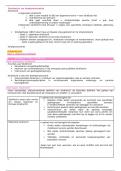Samenvatting
Summary Global Marketing (Part I - IV) - Svend Hollensen (ISBN: 9781292100111)
English, comprehensive summary of the book Global Marketing, written by Svend Hollensen. The summary covers Chapters 1 to 17 (Part I to IV of the book). Engelstalige, uitgebreide samenvatting van het boek Global Marketing, geschreven door Svend Hollensen. De samenvatting dekt de hoofdstukken 1 ...
[Meer zien]














